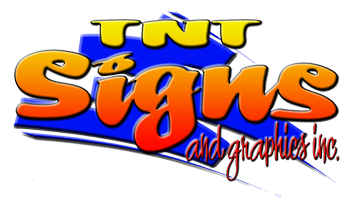Branding is a critical aspect of any business, serving as the foundation of your company’s identity. It’s vital to invest time early on to define your brand, which encompasses your business name, logo, products, primary colors, and the overall sentiment customers hold towards your company. A strong brand extends beyond just a name; it represents the essence of your business and plays a crucial role in its recognition and perception.
Recognizing the Need for Rebranding
Over time, the initial identity of your business might no longer resonate with its evolution or the changes within your industry. There are several reasons why a business might need to undergo a rebranding process. These include significant shifts in your business direction, changes in customer perceptions, or simply the need to modernize and stay relevant in a fast-paced market.
When to Consider Rebranding
– Alignment with Core Values: If your current branding no longer reflects your company’s values or mission, it may be time to reevaluate and adjust.
– Customer Confusion: Feedback such as customers misunderstanding the scope of your services or mistaking your business for another indicates a disconnect that branding adjustments could resolve.
– Outdated Visual Elements: An outdated logo or color scheme might necessitate a modern refresh to maintain relevance and appeal in today’s market.
– Mergers and Acquisitions: Corporate restructuring, such as mergers or acquisitions, often requires a unified new brand to represent the evolved entity.
– Market Positioning: If your offerings have shifted significantly—like moving from products to services—a rebrand can help realign your business’s public image with its current operations.
The Cost Implications of Rebranding
Rebranding is an investment that involves both tangible and intangible costs. Tangibly, it includes the expenses of updating all branding materials, such as signage, business cards, and digital assets. Intangibly, it encompasses the time and effort spent by your team in developing new branding strategies and implementing them across all customer touchpoints.
What Changes Should Be Made?
Deciding the extent of change in your rebranding effort depends on various factors:
– Partial vs. Complete Rebrand: For some businesses, like McDonald’s, updates might be limited to visual elements while maintaining the brand’s core components. Others, like Dunkin’, may choose to streamline their brand identity significantly, impacting name, visuals, and market positioning.
– Impact of Changes: Whether you’re tweaking minor elements or overhauling your entire brand, each change should be strategically planned to enhance customer recognition and loyalty without causing confusion.
Executing a Rebrand
A successful rebrand involves a structured process:
- Initial Assessment: Conducted by leadership, possibly with the aid of branding experts, to determine what needs to change.
- Development and Feedback: Creation of various branding options, refinement through internal and external feedback, and eventual finalization of the new brand.
- Implementation: Update of all marketing materials and operational signage to reflect the new branding, ensuring consistency across all platforms.
Partnering with TNT Signs for Your Rebranding Needs
Once your new branding is defined, it’s crucial to implement it effectively across all materials. TNT Signs specializes in producing high-quality, custom signs and marketing materials that align with your new branding efforts. Whether you need updated signage, banners, or other promotional items, our team ensures your rebrand is visible, coherent, and professionally presented.
If your business is approaching a rebrand, consider the strategic benefits and potential challenges involved. With careful planning and execution, a rebrand can rejuvenate your business’s public image and align it more closely with your current and future goals. Contact TNT Signs today to discover how we can assist in bringing your new brand vision to life with quality and precision.

